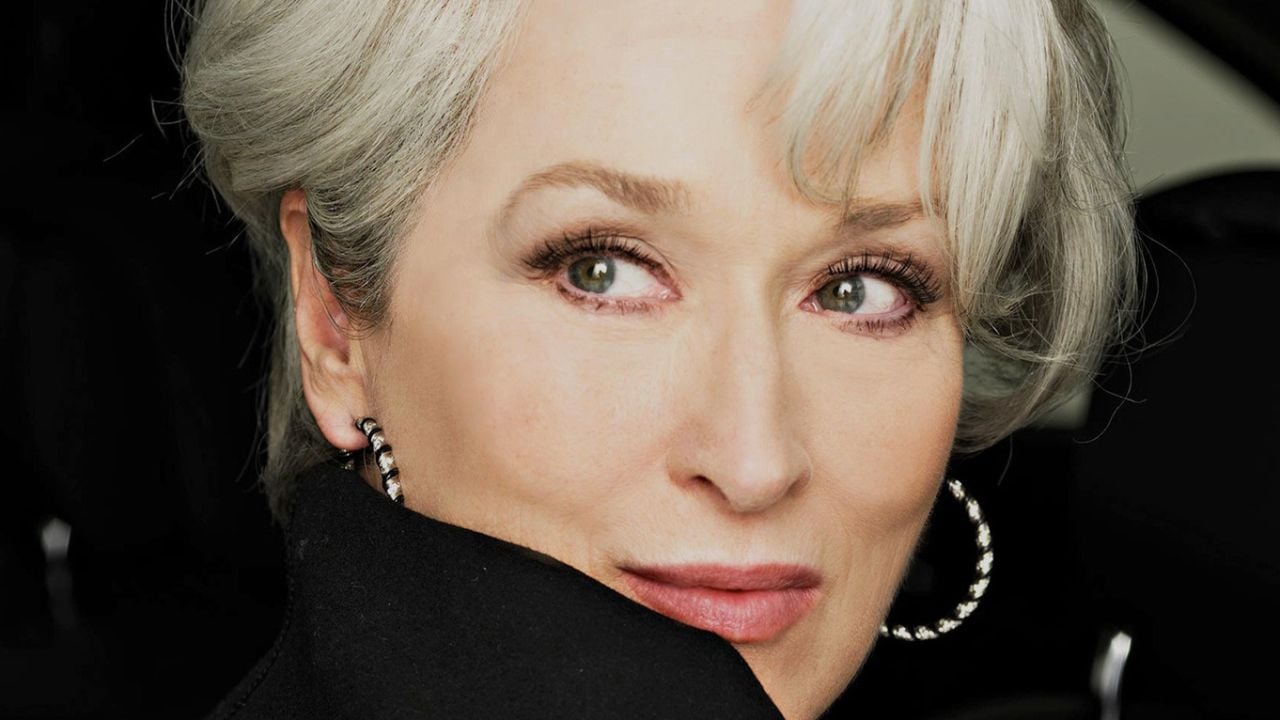It’s known information and speculated by the main parties involved: Gilles Lelouch originally approached Ludovic and Zoran Bucherma to write and co-direct Their Sons After Them, an adaptation of Nicolas Mathieu’s novel of the same name, which won the Prix Goncourt in 2018. which would take the form of a mini-series.
But L’Amour ouf, a project he’d cherished for nearly two decades, was finally done. The directors of Teddy and the Year of the Shark were left alone at the helm after their children, which was released in our cinemas on December 4, and which they pushed to the big screen, convinced that it was necessary to offer it. “cinema box”To use their words with our microphone.
And it’s not surprising that Gilles Lelouch fell in love with their children after them, since it has similarities with L’Amour ouf: two films about a failed, long-lasting love that takes us back to the 90s. Both in the picture and in the soundtrack. But how can we recreate an era that is not so far away from us?
“It’s hard for us to consider that the 90s are already period movies, because it’s true that we’ve known them since childhood.”– Zoran Bukherma tells us. “We were born in 1992, but our childhood was partly in the 90s. Together with the production designer, we went through a lot of family photos that we had, or that he had also found elsewhere in the region to look at. It is created as it really was and does not fall into the fantasy version of what it should have been.”
“See the series as it really was and don’t fall into the fantasy version of what it should have been”
“We also watched a lot of reports like Strip-Tease to go over the little details. I think we still have a lot of memories from the 90s and it’s through these little details, video games, CDs, cassettes… a lot. Simple things that allow you to immerse yourself in the past, but we didn’t want to fetishize the ’90s, that’s the challenge we had, but we didn’t want to do too much.
“This story is happening now because we’re in the post-’80s, with the left abandoning the idea of class struggle. This is the first generation of young people to grow up in the same working class. However, it is divided as the characters of Anthony and Hessin are opposed to each other, when in fact they belong to the same world. The end of the steel industry and how this social class finds itself pitted against each other and divided.
“The film ends on a positive note in 1998, with the semi-finals of the World Cup, the prospect of the Blues winning, and that black-and-white illusion of France being reconciled. That we are reconciling Anthony and Hessin, but this reconciliation is unfortunately temporary, because we know that four years later, Jean-Marie Le Pen was in the second round of the election. Presidential elections The atmosphere of the 90s is really the emergence of modern France.
A reconstruction that also includes music. “We had a common desire for music to occupy a large place in the film”– says Ludovic Bucher. “As it is in the book: it is a very musical book, with four chapters that have the title of a song. So we knew that the film would be musical. Also because music “is something that we all have in common. It’s a cue almost like an anthem, making us all look in the same direction together.
“We had a common desire, music took a big place in the film”
“We like the idea of American references, also because as children we were immersed in American cinema and music, and when American music was played in a French valley, I find that it creates a change that says a lot about adolescence. We had a great music budget that allowed us to be quite free, but our little regret is ‘Smells Like Teen Spirit’. Nirvanawhich is very difficult to obtain. I believe they are giving away very little of their movie rights. It was given before Batman For something like five million dollars.
We replaced it with “Under the Bridge” by the Red Hot Chili Peppers and maybe got a little more emotion on stage because there’s something more moving about that music. “We also brought back the Southwest through music”Zoran Bucher adds. “And we’ve added a piece that’s not in the novel: it Francis Cabrell“Saturday Night on Earth”. I think it was a way to get in touch with our native region.”
“The challenge was the coexistence of this very famous music and the score, because we wanted the film to be spacious, generous. And that also includes the score, because we wanted to accompany the scenes with musical originals. This romantic theme on the piano, composed. Amur ChabautAnd the whole soundtrack that goes with the lake scenes, all the suspense… and there was a question of the coexistence of those two things.”
“Amory Chabaut’s idea was to do pop music covers like ‘Where Is My Mind?’ Gloria Gaynor at the end and rearrange the music to sound like a children’s choir score. And it was a way of making a connection between these two things. But we also didn’t want to follow the “one music, one year” pattern, even if it was a little bit. We also wanted the soundtrack to really reflect the characters.”
There are also references that date back to the 90s, like Aerosmith’s “Dream On” or music from the 70s and 80s. With the same logic as on the sets, we wanted it to be not only the fetishism of the time, the music. For us, American music is the music of teenagers. Adults It was a way for the music to respond to the characters.
“It’s very beautiful for us and it’s already in the book, it’s ‘I love you’ Johnny HallidayBecause it’s almost “Marseilles”: how suddenly this valley is looking in the same direction and watching these fireworks at the same time. There we forget antagonisms, we forget conflicts. We’ve got Hessin, we’ve got Anthony, we’ve got Patrick, we’ve got Helen… we’ve got everyone looking in the same direction and connected by this music.”
“It’s nice for us to say that we’re making a film that talks about France, so we’re also making it for the people.”
“This moment represents one of the ambitions we had for the film: to have something that is unifying.”– concludes Zoran Bucher. “Using music and film effects, which we’ve reproduced anyway, is also a way to reach out to people, which I believe is why Nicholas Matthews’ novel worked so well: it’s a great social mural.” And Goncourt, so it’s somewhat serious, and at the same time it’s a novel whose writing is extremely accessible, read by about two million people.”
“That’s one of the strengths of the novel, and that’s what we really wanted to translate into cinema: to say that we can create a social story, that we can talk about determinism, the reproduction of classes, and at the same time give it the idea of a term popular film , which is opposed to the elitist do-it-yourself movie as well. That’s an approach that we wanted to take in our previous films and that we really wanted to continue with this film.”
Comments collected by Maximilien Pierret in Paris on November 21, 2024
Source: Allocine
Rose James is a Gossipify movie and series reviewer known for her in-depth analysis and unique perspective on the latest releases. With a background in film studies, she provides engaging and informative reviews, and keeps readers up to date with industry trends and emerging talents.







